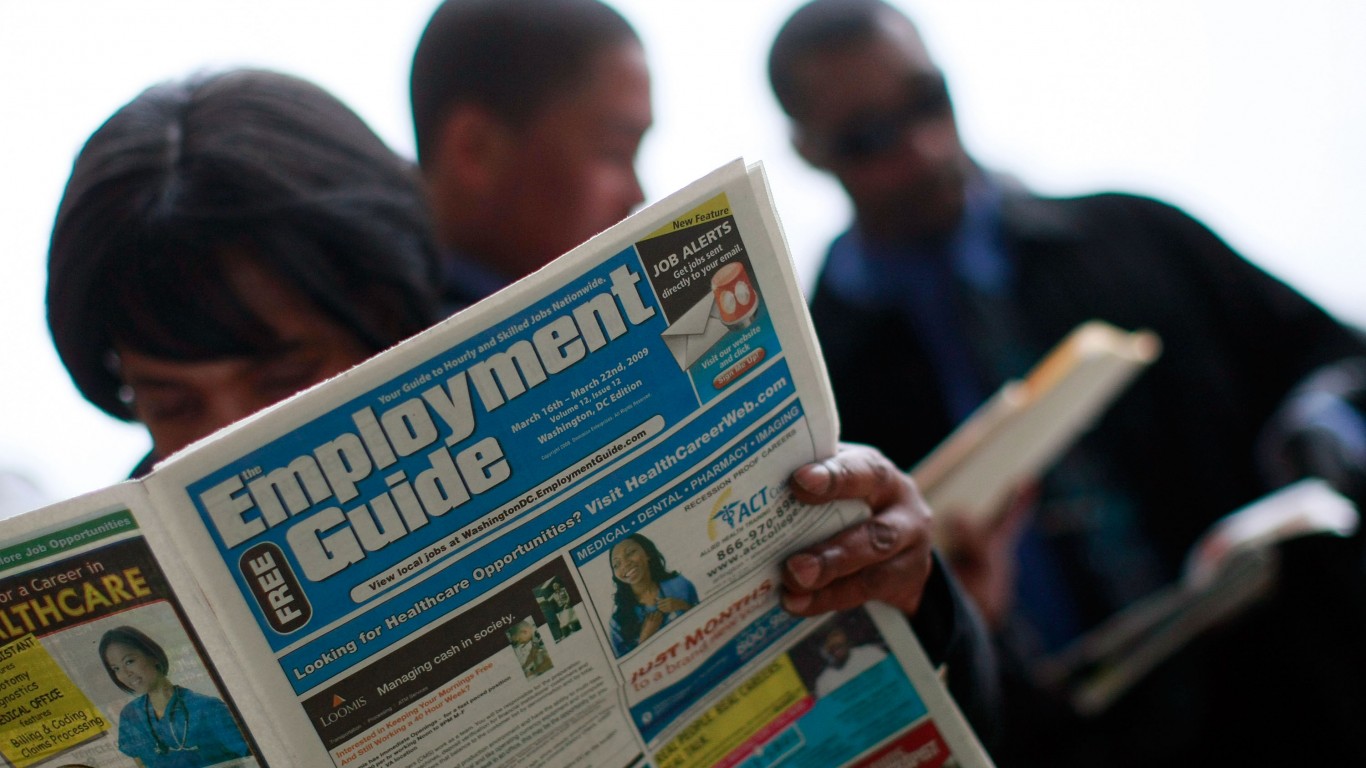The Federal Reserve Bank of Dallas releases all sorts of regional data, but the one reading that the oil and gas sector and the economists are paying attention to is what is happening with the manufacturing business sector right now. Unfortunately, it was dismal for August.
The Dallas Fed Manufacturing Survey was worse than all economists were projecting, with a reading of -15.8 in August. The Bloomberg consensus estimate was -2.5, and the July reading was -4.6. Bloomberg’s range of estimates was -8.0 to a small positive at 0.5.
Many economic barometers around the manufacturing and construction for the oil and energy patch had been trying to hang in there. It seems as though it has finally broken down.
The Dallas Fed must have tried to be very creative, titling this month’s report as “Texas Manufacturing Activity Holds Steady, but Outlooks Deteriorate.” This is very fresh, as data were collected from August 18 to August 26, and 114 Texas manufacturers responded to the survey. Additional readings were shown as follows:
- The capacity utilization index rose to zero after several months in negative territory.
- The shipments index edged up, coming in at -3.
- Sharp declines were seen in measures of demand.
- New orders index fell 13 points to -12.5, after rebounding to positive territory last month, and the growth rate of orders index fell from -5.2 to -14.
- The general business activity index dropped 11 points, from -4.6 to -15.8.
- The company outlook index also posted a double-digit decline, coming in at -10.3.
- August’s employment index was negative for a fourth month in a row but edged up to -1.4.
- Only 15% of firms reported net hiring, versus 16% reporting net layoffs.
- The hours worked index rose from -6.3 to 0.6, with the near-zero reading suggesting no change in workweek length from July.
- The raw materials prices index fell to -8 from a zero reading.
- The finished goods prices index fell 13 points to -15.7, down to the lowest level since October 2009.
- August’s wages and benefits index remained positive and rose slightly to 18.2.
ALSO READ: The 10 Most Polluted Cities in America
The report concluded:
Expectations regarding future business conditions deteriorated notably in August. The indexes of future general business activity and future company outlook both posted double-digit declines, but they remained slightly positive. Indexes for future manufacturing activity fell as well, but also remained in positive territory.
The Dallas Fed may have tried to remain upbeat here. Overall production does not look that bad, but when you add up the components to get that -15.8 reading for overall business activity, that indicates those general readings could get worse before they get better.
Now we just have to wait and see if this massive one-week spike in crude oil is sustainable or is just another financial market aberration.
Want to Retire Early? Start Here (Sponsor)
Want retirement to come a few years earlier than you’d planned? Or are you ready to retire now, but want an extra set of eyes on your finances?
Now you can speak with up to 3 financial experts in your area for FREE. By simply clicking here you can begin to match with financial professionals who can help you build your plan to retire early. And the best part? The first conversation with them is free.
Click here to match with up to 3 financial pros who would be excited to help you make financial decisions.
Have questions about retirement or personal finance? Email us at [email protected]!
By emailing your questions to 24/7 Wall St., you agree to have them published anonymously on a673b.bigscoots-temp.com.
By submitting your story, you understand and agree that we may use your story, or versions of it, in all media and platforms, including via third parties.
Thank you for reading! Have some feedback for us?
Contact the 24/7 Wall St. editorial team.

